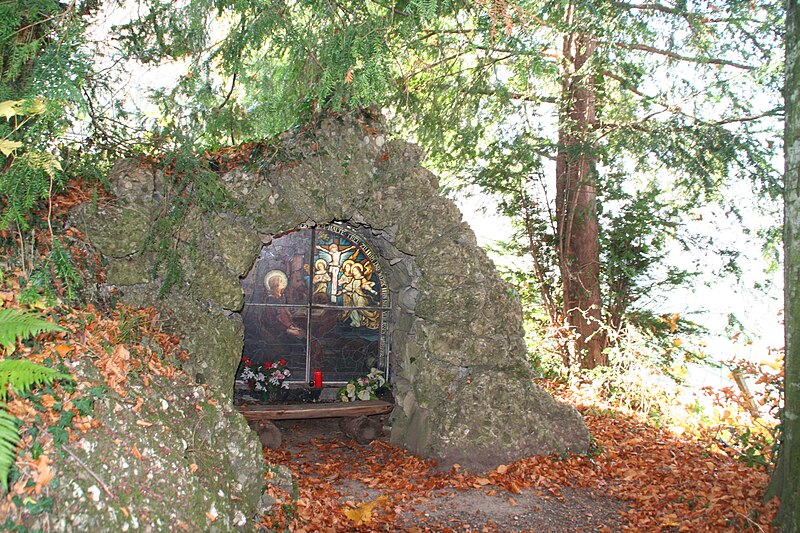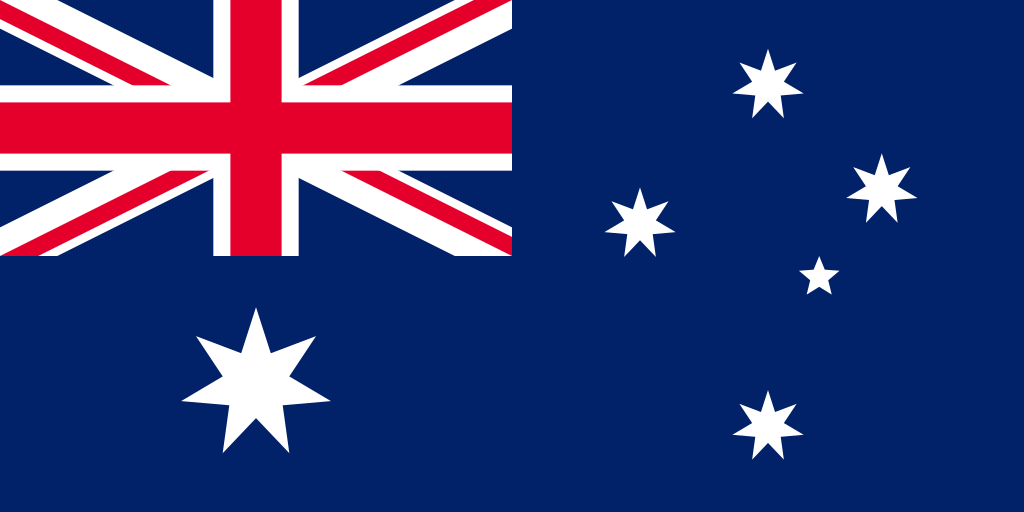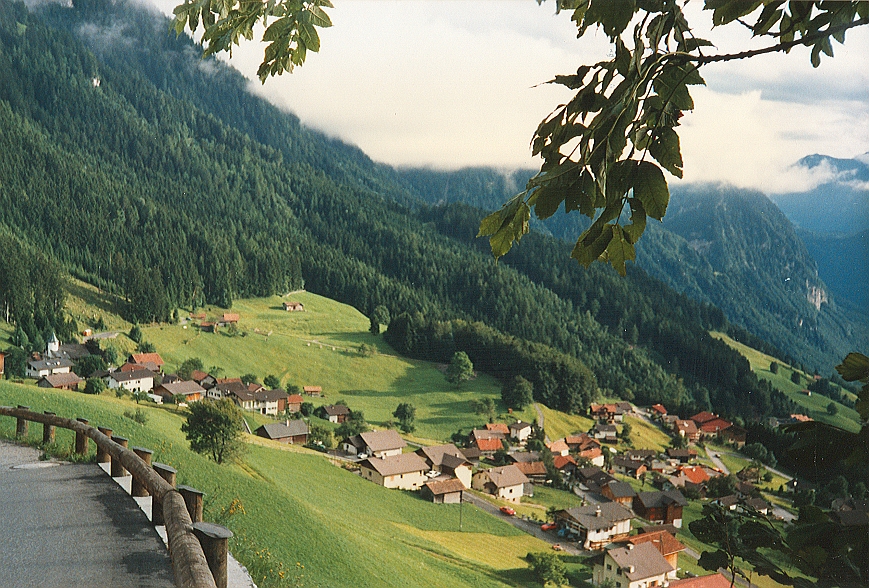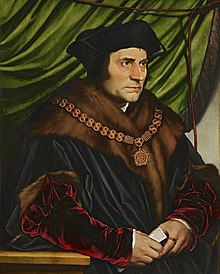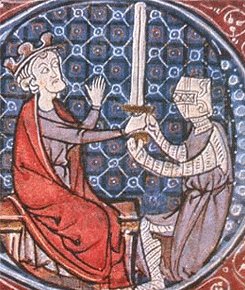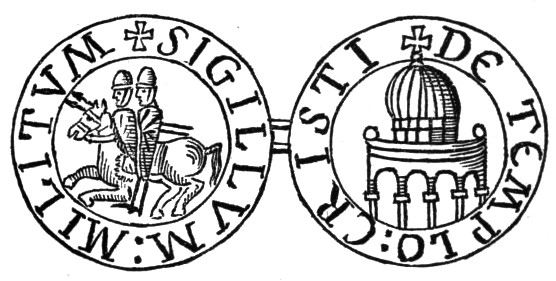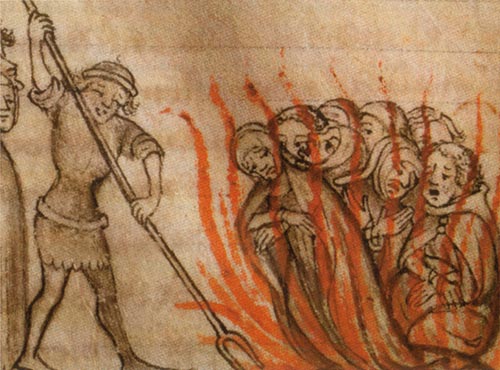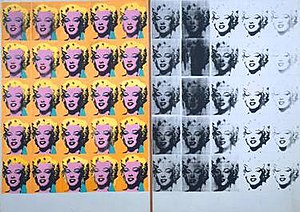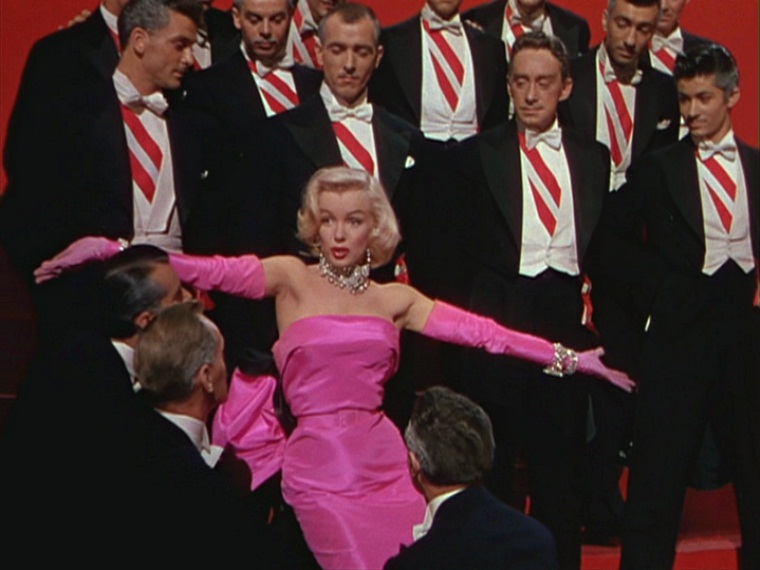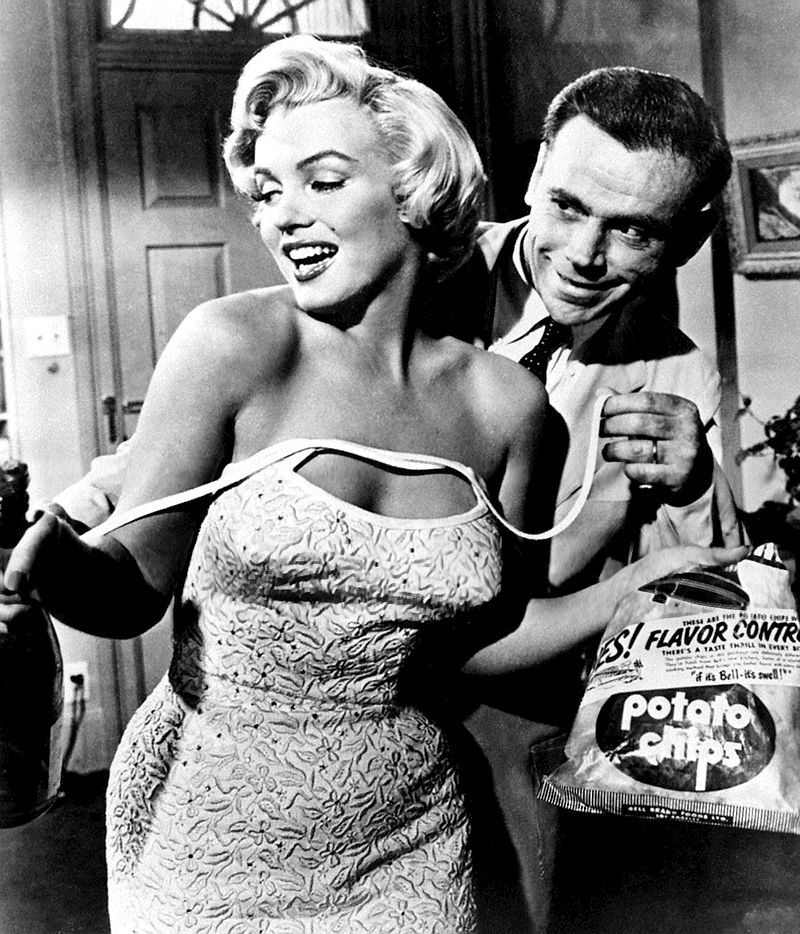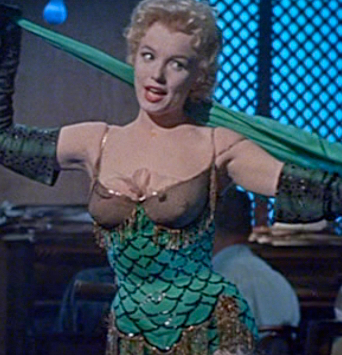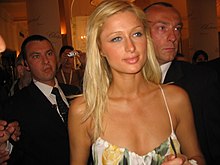Landschlacht, Switzerland, 9 August 2016
Yesterday, one of my Facebook friends posed the question:
Considering your life experience, what one piece of advice would you pass onto others?
My answer was:
Don’t wait, for time belongs to no one.
None of us know how long we each have to live nor how long our loved ones will live.
I think of how many famous people have died over the past twelve months: Robin Williams, David Bowie, Muhammed Ali, Prince, to name just a few.
I think of all those people whose lives have been unexpectedly shortened: shootings in America, terrorist attacks worldwide, soldiers dying for their countries, civilians caught in the crossfire, victims of accident or disease – the list seems endless.
Yet despite my own mortality I am rarely comfortable talking about death, but as Prince once sung:

Let’s go crazy…
You better live now before the Grim Reaper comes knockin’ on your door.
(Ironically, the same song advises the listener to punch a higher button when the elevator starts to bring you down…Prince died inside his own elevator in his home.)
Benken, Switzerland, 21 March 2016
At first glance the municipality of Benken in Canton St. Gallen, near the border of Glaurus Canton, seems unremarkable.
Over 70% of the municipality is farmland.
Only 3,000 people live there, of which the majority speak Swiss German, are under 70 years old, married with children, vote SVP (Swiss Folks Party), are well-educated and hard-working Roman Catholics.
Typically Swiss and quite unremarkable.
Though Benken lies on the regional rail line between Rapperswil and Ziegelbrücke, and though it has tried valiantly to attract visitors to its piece of Paradise, few outside the region seem to know Benken exists.
As I have written, Benken has tried…
It has 12 restaurants, three hotels, two churches (including a pilgrimage church famous for its grotto of meditation), a canal with hiking paths and motorboat access, an alpaca petting farm, donkey trekking, inline skating, tandem bike rentals, horse and buggy rides, vintage bus rides, a bakery museum, a woodworking museum, and annual Carnival and Christmas celebrations (the latter with its own Angel Path).
Benken City Hall, when not using its meeting centre for municipal events, leases its facilities to the public.
Above: Benken City Hall
And here gathered a hundred mourners to say goodbye.
Family and friends were there of course, but alongside them quietly mourning her loss, teachers were in attendance as well.
For Diana had owned and ran a school with a number of courses in different Swiss towns and one location in Vaduz, Liechtenstein, where I taught Cambridge FCE English to Vaduz bankers.

Above: Vaduz Castle
I had been her last hire so I knew her the least…yet I keenly felt her loss.
Diana had gone to hospital for a check-up just the month before, learned she had a heart condition, was operated upon and died in hospital.
I felt her loss because of the suddenness of her departure into eternity.
One moment she is giving me a job and monitoring my progress, then…oblivion.
Perhaps because there was such a mix of faiths amongst her family, friends, employees and acquaintances that a secular location was chosen.
There was no physical presence or coffin present as she might have been cremated.
It was too delicate a question to ask and my German wasn’t up to the complexities of such rarely-used funerary vocabulary.
Perhaps been named Diana and having been the owner-operator of an English language school, her widower and children thought that Elton John’s “Good-bye England’s Rose” was appropriate for her memorial service…and somehow it was.

With the exception of my teaching colleague Evaron, I knew no one in the crowd, not even those Diana had hired to deal with the complex administration of a school with multiple locations, for with the exception of Diana, everyone connected with the school had contacted me by phone or email.
I liked Diana, for though tough as nails, with a matter of fact no-nonsense manner, yet simultaneously she came across as both passionate and compassionate, personal and professional.
Now seeing schools fail is not unusual, and I have seen schools fail before, due to mismanagement and reversal of fortune, but this was the first time I truly understood what it meant when a sole proprietorship loses its sole proprietor, the company loses its soul.
Without a soul there is no reason to exist.
(As of this writing, the school continues to exist online but its locations have been closed once the ongoing courses had been completed.)
(Ironically this last-hired teacher taught the last class of the last-finishing course.)
The academics among us gathered inside a nearby café after the service, but I felt uncharacteristically quiet, subdued.
I was the first to leave, citing teaching obligations elsewhere, but this was untrue.
I needed solitude, time apart to assess my feelings, or at least distraction away from discussions of death and fear for a future without Diana at the helm.
The train station is a bit of a hike from downtown Benken but I declined any offers to take me there.
The breeze upon my face was soothing…the walk an exercise in emotional exorcism…for tears are difficult to induce from me.
But my feelings run deep.
Museums on Monday are closed in Switzerland.
I was not dressed nor prepared for a long-distance hike, wearing an all-black outfit to match my mood, to suit the solemnity of the day.
I had no map to lead me to the sites worth seeing nor inclination to seek out a map.
As my wife works in Zürich four days a week, I was not ready to face my empty apartment, so quiet, so still without my wife´s chatter to fill the spaces, for every man knows that it is a woman that makes a house into a home.
Without her, home is just a place to hang one’s hat.
And a man alone calls wherever he hangs his hat, home.
I walk to the station, simultaneously feeling everything and nothing.
I consult the train timetable and discover that from Ziegelbrücke I can visit an undiscovered canton as a person in cognito, an unknown person visiting an unknown place, dealing with uncomfortable feelings in unfamiliar surroundings.
The day is a microcosm of how I have lived my life…journeying to not only discover other places but as well journeying to discover myself.
It seemed like an eternity waiting for the Ziegelbrücke train to arrive.
It felt like I was leaving Eternity behind in Benken.
Good-bye, England’s rose.
Thanks for the glimpse of a life I wish I had gotten to know better.
It is amazing how one person unknowingly touches the lives of other people even if only for a moment…until ashes to ashes, dust to dust.
Songs never die, just the singer.
And the train left the station behind…
While my guitar gently weeps…
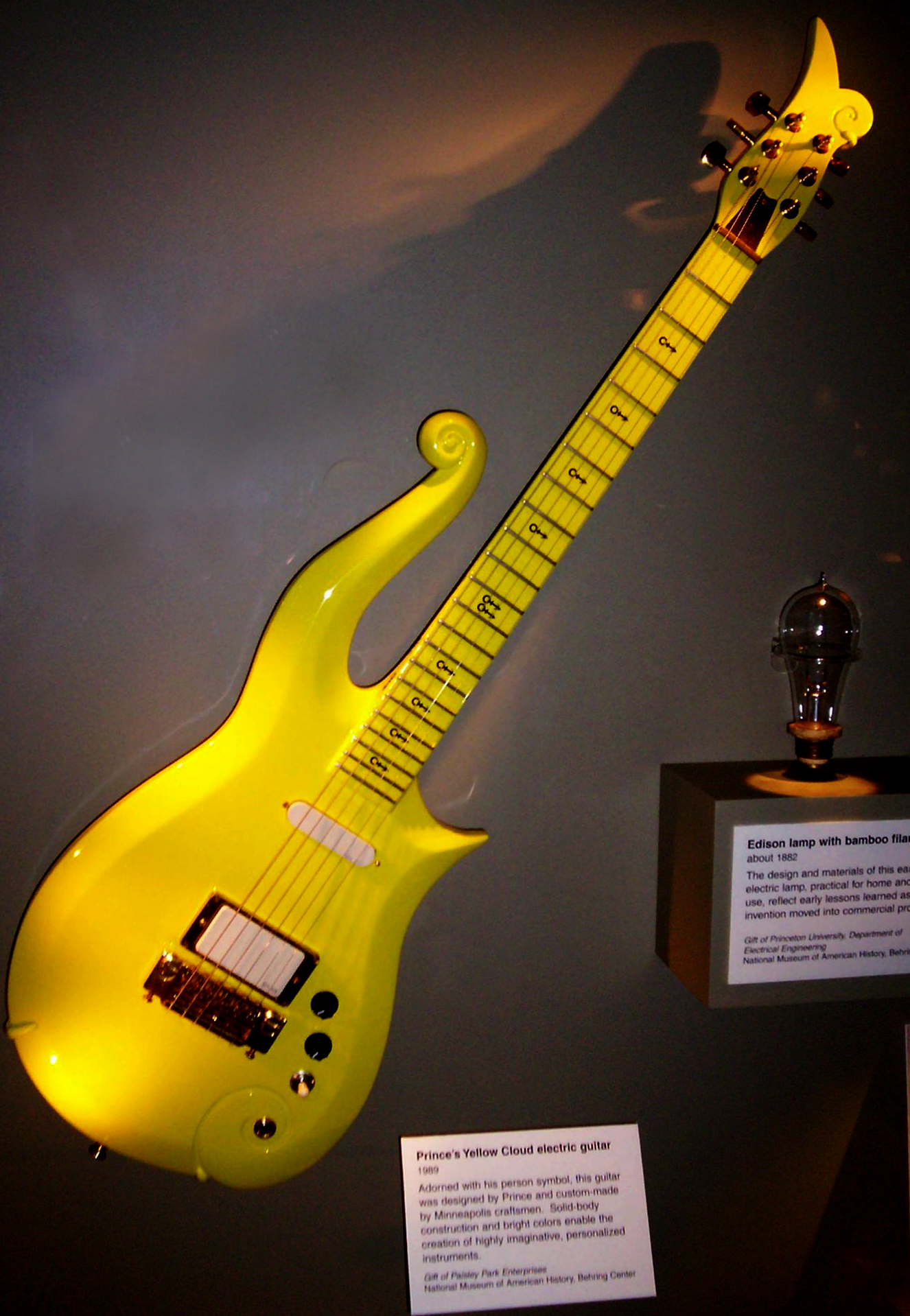
Above: Prince’s Yellow Cloud guitar

